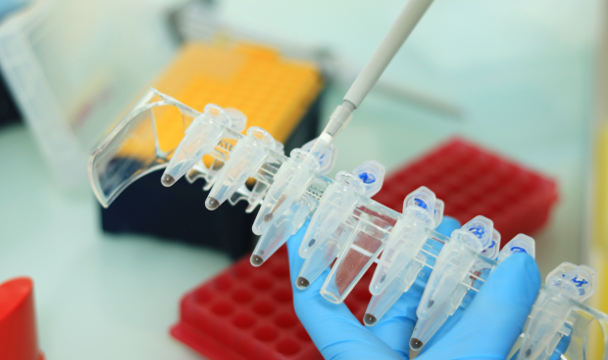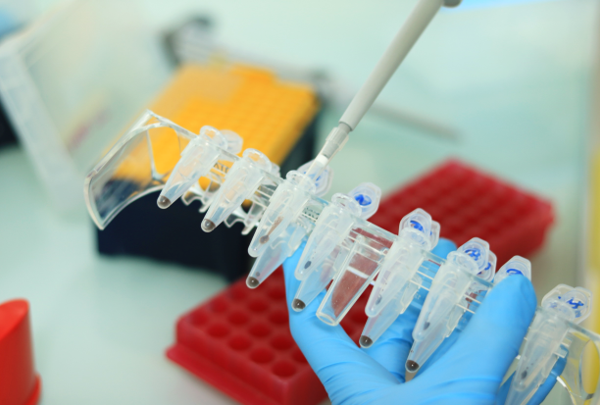
The different models available to understand B lymphomagenesis: review published in Frontiers in Immunology
Yves Denizot’s team is interested in the regulatory elements of immunoglobulin genes, in particular molecular mechanisms as well as involvement in lymphomagenesis.
The immunoglobulin (IgH) heavy chain locus is a complex locus that undergoes many gene shifts during B lymphocyte development: V (D) J recombination, somatic hypermutation (SHM), class switching (CSR) and suicide recombination (LSR).
Chromosomal translocations linking various oncogenes to transcription enhancers at the immunoglobulin heavy chain (IgH) locus are often implicated as the cause of malignant B cell tumors.
Two major IgH transcriptional enhancers have been reported so far:
- the Eμ amplifier located upstream of the Cμ gene controls early events in the maturation of B lymphocytes such as VDJ recombination,
- the 3‘ regulatory region (3’RR) located downstream of the Cα gene controls late B cell maturation events such as IgH transcription, somatic hypermutation and class switch recombination.
Transgenic and knock-in animal models that put the c-myc oncogene under Eμ/3’RR transcriptional control have provided convincing demonstrations of the essential contributions of Eμ and 3’ RR in B cell lymphomagenesis.
The team wrote a review published in the journal Frontiers in Immunology, which summarizes the different mouse models available to date and their interests/limitations for advancements in the understanding of B cell lymphomagenesis induced by human c-myc.
Find the full review by clicking here.


